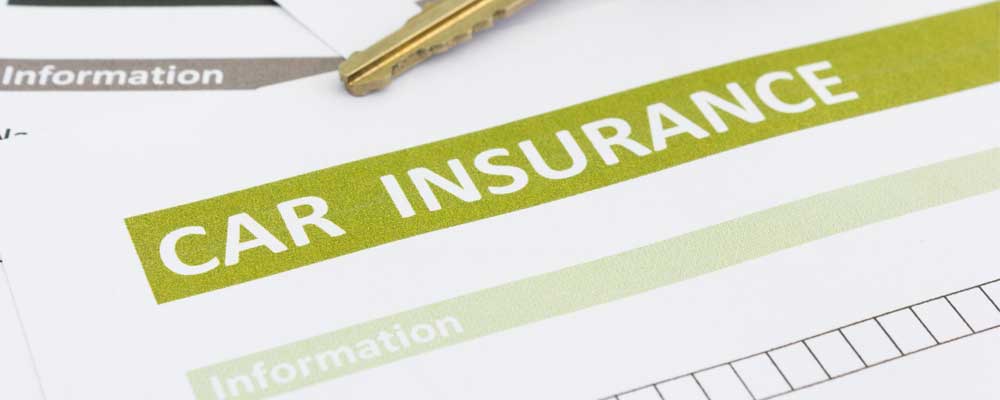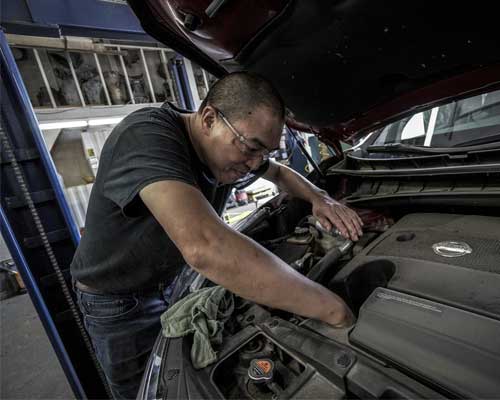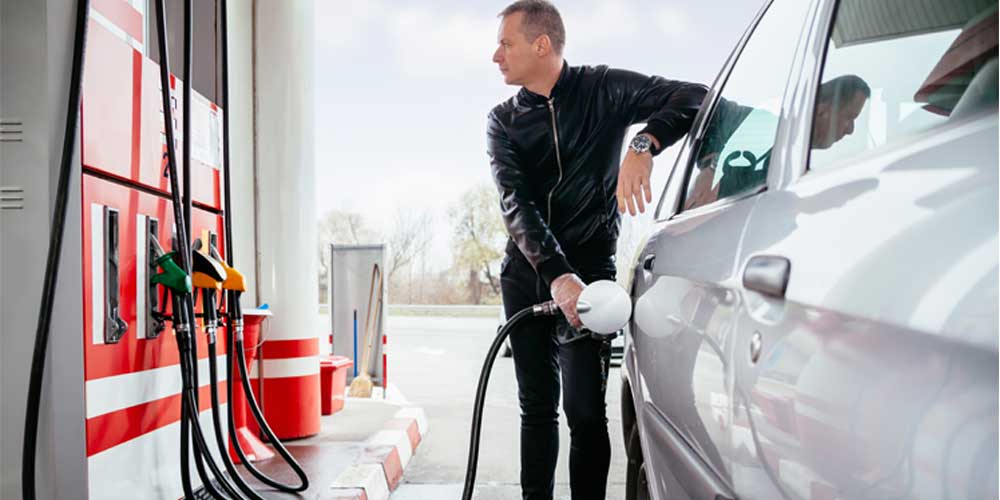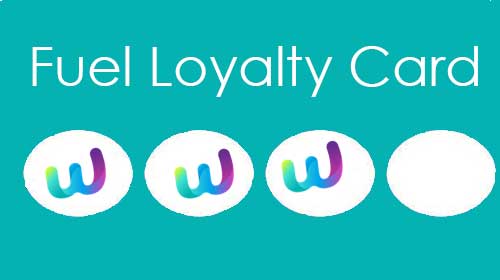Whether you’re driving a company car or a personal vehicle there are additional costs to using a vehicle that you’ll encounter, including:
In this guide we’ll look at each of these costs briefly and provide you with our top 10 tips for making the most of your fuel and helping to reduce this cost.
Insurance
It is a legal requirement in the UK to insure the vehicle. Driving without valid insurance is a criminal offence and you should never get into a vehicle if you are not insured to drive it, even if it is only for a short journey.
If you own a vehicle then this will also need to be insured whether you are driving it, or it is parked out of use. The only time a vehicle does not need to be insured is if it is SORN.
Insurance comes at three levels:
- Third party
- Third party, fire and theft
- Fully comprehensive
Third party is the minimum level of cover you can have. This will pay for any damage to third party property and compensate any injuries that aren’t to the driver.
Third party, fire and theft is the mid-level of insurance and as well as compensating third party injuries and damage will also cover you if the vehicle is involved in a fire or stolen.
The top level of insurance is fully comprehensive and this will cover any injury and damage to yourself and vehicle or third parties as well as covering fire and theft.
There will also be additional products that you can add to your insurance policy including services like roadside assistance to provide you with additional protection.

The insurance level you choose will be a large factor in the cost of your insurance premiums but there are a number of other factors that will be considered as well. These fall into one of two factories – car and driver.
Under the car category providers will take into account the specific model chosen, its size, risk category, fuel type, engine size, alarm system, any modifications and much more.
Whilst as a driver they will look at your age, any medical conditions you have disclosed, driving history including convictions, penalty points, years you have been driving, any other insurance policy you are listed on and your no claims discount.
They’ll also look at factors that fall into both categories like where you live and the car is kept overnight.
As there are so many different factors at play there’s no set formula for decreasing the cost of your insurance premium. The obvious one is to look at vehicles that fall into a lower risk class, so smaller engines, safer chassis design etc but other changes, like moving to a safer neighbourhood, are impractical or take a long term to have an impact, like if your penalty points run out and are removed from your licence.
Please note that some companies will cover the insurance of fleet vehicles as part of their company car provisions. They should let you know if this is the case.
Tax
The next associated cost with driving a car is tax.
Depending on how the car is funded there are two main taxes that might apply – road tax and company car tax.
Road Tax
If you own the vehicle then you will need to pay road tax. Depending on the model chosen and the size of its engine and fuel type this can cost a couple of hundred pounds a year.
This can be paid in full annually or via direct debit over a set number of payments which includes quarterly and monthly options.
If you are driving a lease vehicle then this will not be a large cost for you. Lease companies will pay the road tax, at the rate it is when the vehicle is first taxed, for the duration of the lease. If there is an increase in the amount a particular model is taxed during the lease, then you may be charged the difference in price. This will not usually be a large payment as they do not want to put in place large price jumps for drivers who are paying the amount themselves.
If you have been provided with a company car then you will not be responsible for the tax of this vehicle, your employer will be responsible for paying this.
Company Car Tax
There is one tax that you will need to pay if you’re in a company car and that’s company car tax. This will usually be taken as a deduction from your monthly salary as it is a benefit provided by your employer.
The amount you pay will be in part based on the vehicle’s emissions and so you may want to look at lower polluting models if you have a company car.
Servicing and Maintenance
All vehicles will need regular servicing and maintenance work in order to be in a safe, legal and road-worthy condition.
We advise you service the vehicle in line with the manufacturer’s guidelines which will usually be annually or at a certain mileage for the model. A lot of modern cars will come up with a notification when they are due a service or you can check your service schedule in the vehicle manual or on the manufacturer’s website.
If you notice a fault or any damage to your vehicle we recommend getting this looked at as soon as you are able to as this will help prevent further damage which ends up costing you more. It may also be an unsafe condition to drive the car in, and if you are ever concerned about this then we advise seeking professional advice.

MOTs
Once a vehicle reaches three years old it annually requires an MOT.
Although the cost a garage can charge for the MOT is capped the vehicle may fail its MOT test and require further work then retesting. If this is the case then you will not be able to drive it until the vehicle has passed MOT testing, unless it is driving it to another test centre.
Depending on the work needed this can be fairly costly but there’s little way for you to mitigate the cost of an MOT as it will usually catch any necessary work you are unaware of.
Fuel
The most frequent payment that most drivers make is for fuel.
Depending on the fuel type, the number of miles you travel, your engine size, the vehicle’s fuel economy and your driving style then the cost of fuel quickly adds up in a month.
What is Hypermiling?
Hypermiling is a style of driving that uses a number of techniques in order to maximise the fuel efficiency of a vehicle. This includes minimising the weight of the vehicle, avoiding excessive braking, gently accelerating, coasting as much as possible, avoid idling, pulse and gliding hybrids and other subtle changes to your driving style.
How to Drive Economically
We've got a lot of tips below on how to make the most of your fuel including economic driving tips which we recommend checking out.
General advice for economic driving is to avoid rapid changes in speed through heavy acceleration and breaking as well as trying to maintain a consistent speed.
Do Petrol or Diesel Cars Use More Fuel?
In a like for like model with the same driving style a petrol car will use more fuel than its diesel counterpart. This is because diesel gives drivers better fuel economy, however the specific fuel usage of your vehicle will depend on the car itself, the maintenance upkeep done on it and how you drive it.
Top 10 Tips for Better Fuel Economy
We’ve rounded up our top tips for making the most of a tank of fuel, check them out below! These tips are designed for drivers of cars with combustion engines, so petrol and diesel vehicles, if you'd like to learn more about making the most of your hybrid or electric then take a look here.

1. Stop Idling
Whenever your engine is switched on it is using fuel, whether you are driving or not. Although you won’t use as much fuel as if you were driving it will reduce the miles per gallon (MPG) you can achieve.
When stopping to drop someone off / pick them up or having to wait in your vehicle for an extended period of time then we recommend turning the engine off to stop you from using fuel when you can. This might not always be practical, for example if you need to defrost your windows so they are safe to drive before setting off.
If you are driving in traffic that stops and starts repeatedly then while you are stopped for longer periods you might want to consider applying your handbrake and turning the engine off. This will help reduce you wasting fuel whilst stationary. Some modern vehicles will come with stop-start technology which automatically turns the engine off when certain conditions are met, usually having the brake applied and being out of gear.
2. Keep It Light
The more your vehicle weighs the more effort that will be required to move it, which means that your engine will need more power and more fuel is used.
To reduce the amount of fuel you’re burning you should try to reduce any excess weight on the vehicle. This might mean taking off any roof boxes, bike or luggage racks when they’re not in use, taking out any heavy belongings and only towing a trailer when it’s in use.
3. Slow Down
Keeping to the speed limit is a legal requirement that all drivers should obey, but it will also help your fuel consumption.
Driving at faster speeds can increase the amount of fuel your vehicle uses and shorten the time between filling up. To minimise the impact of this we recommend keeping to the speed limit, or just below it. A good way to do this if your car offers the ability is to utilise the cruise control on roads where traffic moves at a constant speed.
4. Keep it Smooth
Rapid and harsh braking and acceleration require substantially more power than a slower and smoother press of the pedal, which means that harsh braking / acceleration will use more fuel.
We know that sudden braking can’t always be avoided but being aware of the traffic flow ahead so you can anticipate and prepare for any necessary speed changes can help you improve your fuel economy. For example, if you can see several traffic lights or know a series of roundabouts is coming up then rather than speed up to the road speed limit and then have to brake and slow down in rapid succession you might want to try travelling at a slower, steadier speed.
5. Complete the Maintenance Work
We’ve already highlighted that completing maintenance and servicing work promptly can prevent any issues from worsening and becoming more expensive.
When a vehicle is in its best running condition it will also be at its most fuel efficient which is another reason to keep on top of your vehicle maintenance.
6. Look After Your Tyres
We recommend drivers check their tyres regularly for a number of reasons, including safety, better traction and improved fuel efficiency.
When your tyres are not inflated to the correct levels it can reduce your fuel efficiency by as much as five per cent.
For more info take a look at our dedicated tyre care guide which includes a step by step on how to check your tyre pressure.
7. Wind Up the Windows
A more aerodynamic vehicle will have better fuel economy, which is why some of the fastest models on the market are smaller with low, sleek body shapes.
When you have the windows open as you drive it increases the drag on your vehicle and increases wind resistance so it takes more energy to move the vehicle and so more fuel is used.
In general, having your windows open on a warm day at lower speeds won’t have a huge impact on your fuel economy though we recommend if you are doing 40 mph or more that you close them.
8. Turn Down the Heat
Ancillary produces like heating and air conditioning require extra power which uses more fuel to operate them.
One easy way to improve your fuel economy is to turn off these products once you reach a comfortable temperature. It will make a noticeable difference if you’re driving at a lower speed.
9. Change the Air Filters
Another thing that makes your engine work harder is a dirty air filter, and a harder working engine means lower MPG for your car.
We advise following the manufacturer’s guidelines on changing the air filter to ensure they don’t cause fuel inefficiency for you.
10. Combine Journeys
An engine is a lot more efficient when it’s hot, which means once you’ve warmed up the car it can be better to combine several small trips into one longer journey. This will keep your engine and battery, which also works in hotter conditions, warm and increase your fuel efficiency.
Additional Tips
Though these are our top ten tips we do have a few extra that didn’t make the cut but we still think are worth trying out which we wanted to pass on as well.
Fuel Rewards Cards
If you are not using a company fuel card then you might want to get yourself a fuel reward or loyalty card which most petrol stations or their associated shop will offer. For example, some of the biggest supermarkets run offers where you spend a certain amount in store and receive a discount at their fuel pumps.
Or your local petrol station may have a loyalty scheme where you fill up five times and then receive a discount on your next visit.

Keep Your Foot Off the Brake
Even if you don’t think you’re pressing down keeping your foot resting on the brake pedal will be applying pressure which causes mechanical drag. This will reduce your fuel economy so we advise keeping your foot off the brake unless actively braking.
Tighten Your Fuel Cap
As the engine heats up some fuel will turn into vapours in the tank, if your fuel cap is tightly secured then when the air and the fuel cools down the fuel will remain inside your tank. However, if you have a lose fuel cap then you might lose some through evaporation.
Don’t Drive
The best way to save money on fuel is not to use it.
If you’re only driving a short distance and don’t have a lot to carry you could consider walking, cycling or using public transport. Alternatively, you could car pool with a friend or family member going in the same direction which will cut down on your fuel expense.
If you'd like to learn more about company cars or fuel types then we have a number of different guides available for you.
